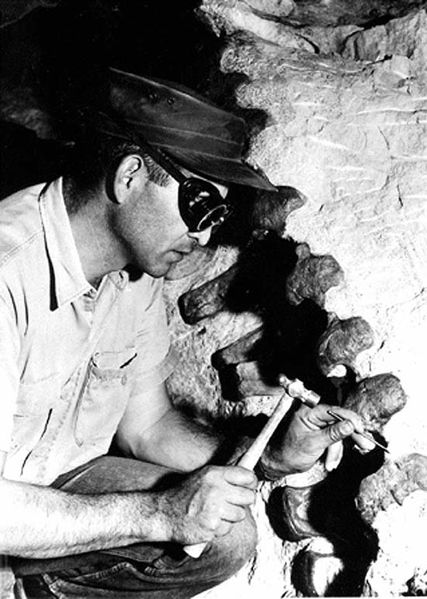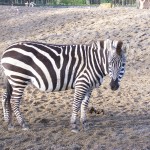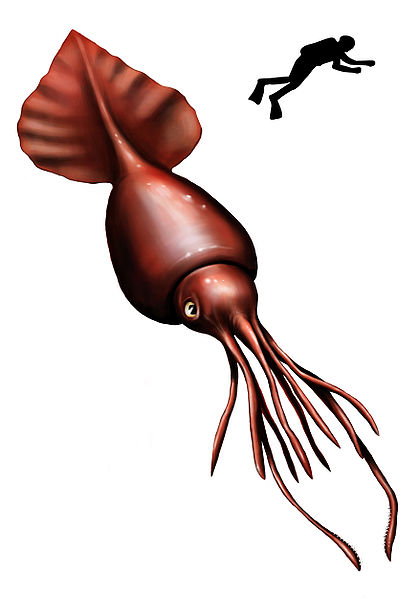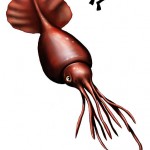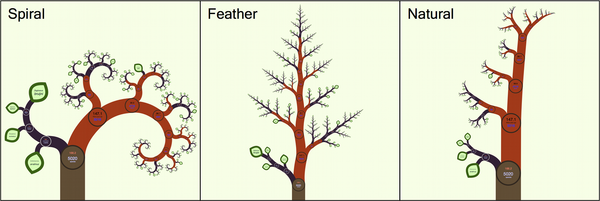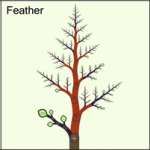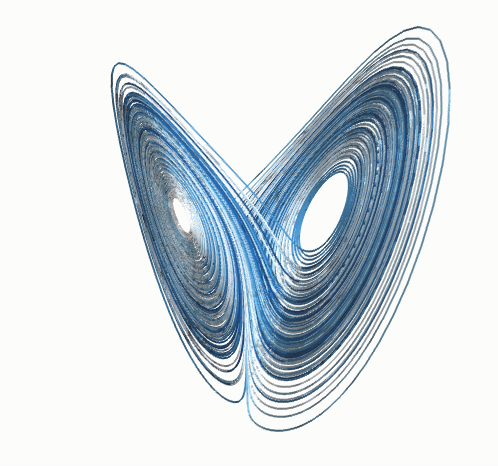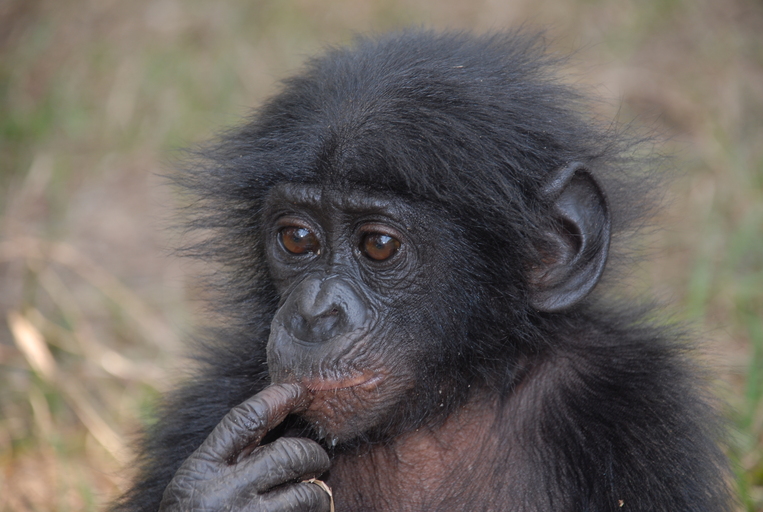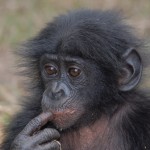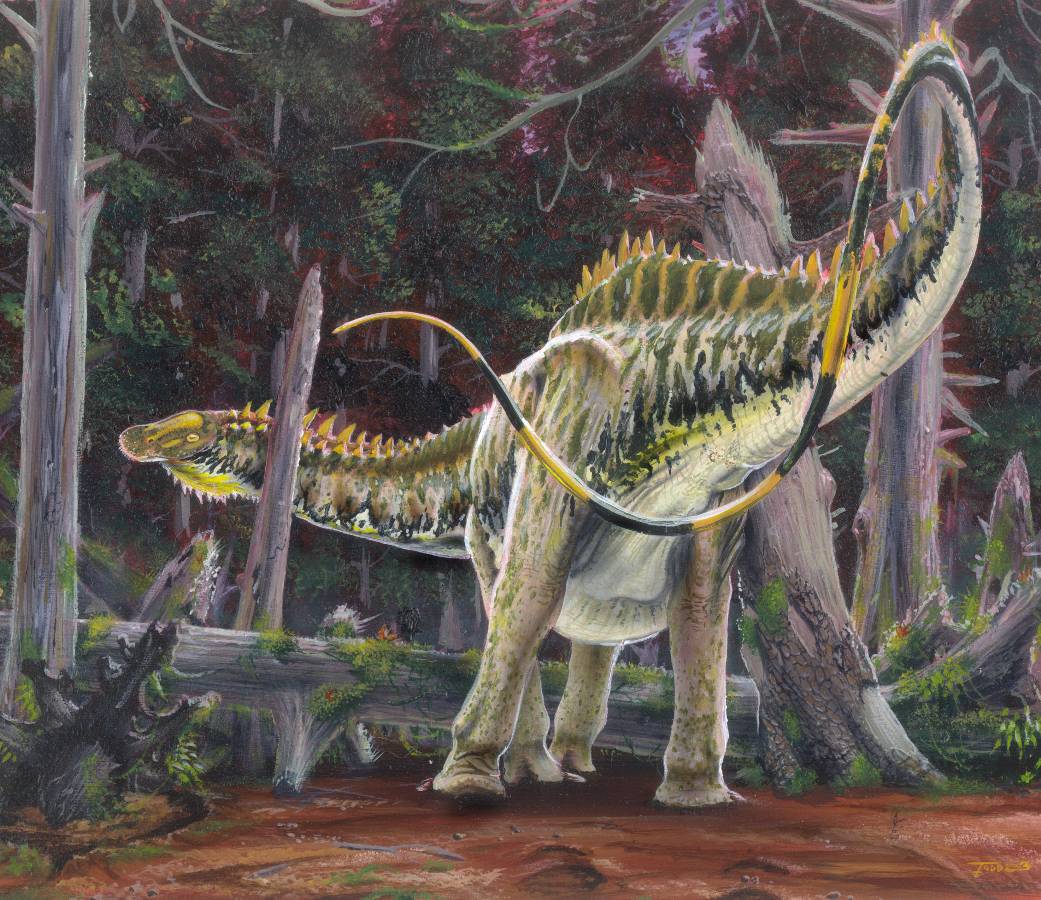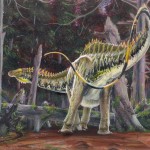“Being a paleontologist is like being a coroner except all the witnesses are dead and all the evidence has been left out in the rain for 65 million years” Mike Brett-Surman, 1994
I am very much for palaeontology and the enthusiasm for the science today but there was a time when even the mighty dinosaurs were out of fashion. During the 40s and 50s they were thought of as animals who had been destined for extinction, little more than children’s monsters.
Perish the thought. That changed in both academic and public circles when palaeontologist John Ostrom and his student Bob Bakker came on the scene during the 60s and 70s. The trigger of this ‘dinosaur renaissance’ was Ostrom’s description of Deinonychus which he deemed a fleet footed, endothermic, bird-like animal. This was a world apart from the view of dinosaurs as cold-blooded, tail dragging, sluggards. In Bakker’s book, the Dinosaur Heresies, he presented a persuasive body of evidence to support the idea that dinosaurs were endothermic. Bakker is a great artist too and it really helped to get his point across. You can see his influence in the similarity of the Velociraptors of Jurassic Park infamy to his artwork. This was all very exciting. Now we had animals seemingly on a physiological par with mammals and birds. What I find so impressive is that we can still make inferences about the physiology of long extinct animals so long as we marshal enough evidence.
But the case for endothermy wasn’t so clear cut. The bones of reptiles and amphibians, which are demonstrable ectotherms, show seasonal bone growth and we can see similar patterns in the fossils of dinosaurs. An impasse presented itself.
Until now anyway. The issue, it seems, is that we weren’t looking in the right place. A recent paper in Nature shows why. The authors of the study looked at the histology of modern ruminant mammals revealing that they also display seasonal bone growth and that this can be extended to all endotherms with a constant body temperature. So seasonal bone growth can no longer used as an argument for cold blooded dinosaurs. I think it’s interesting that all it took was for someone to look at modern mammals.
Author
Adam Kane: kanead[at]tcd.ie
Photo credit
wikimedia commons

